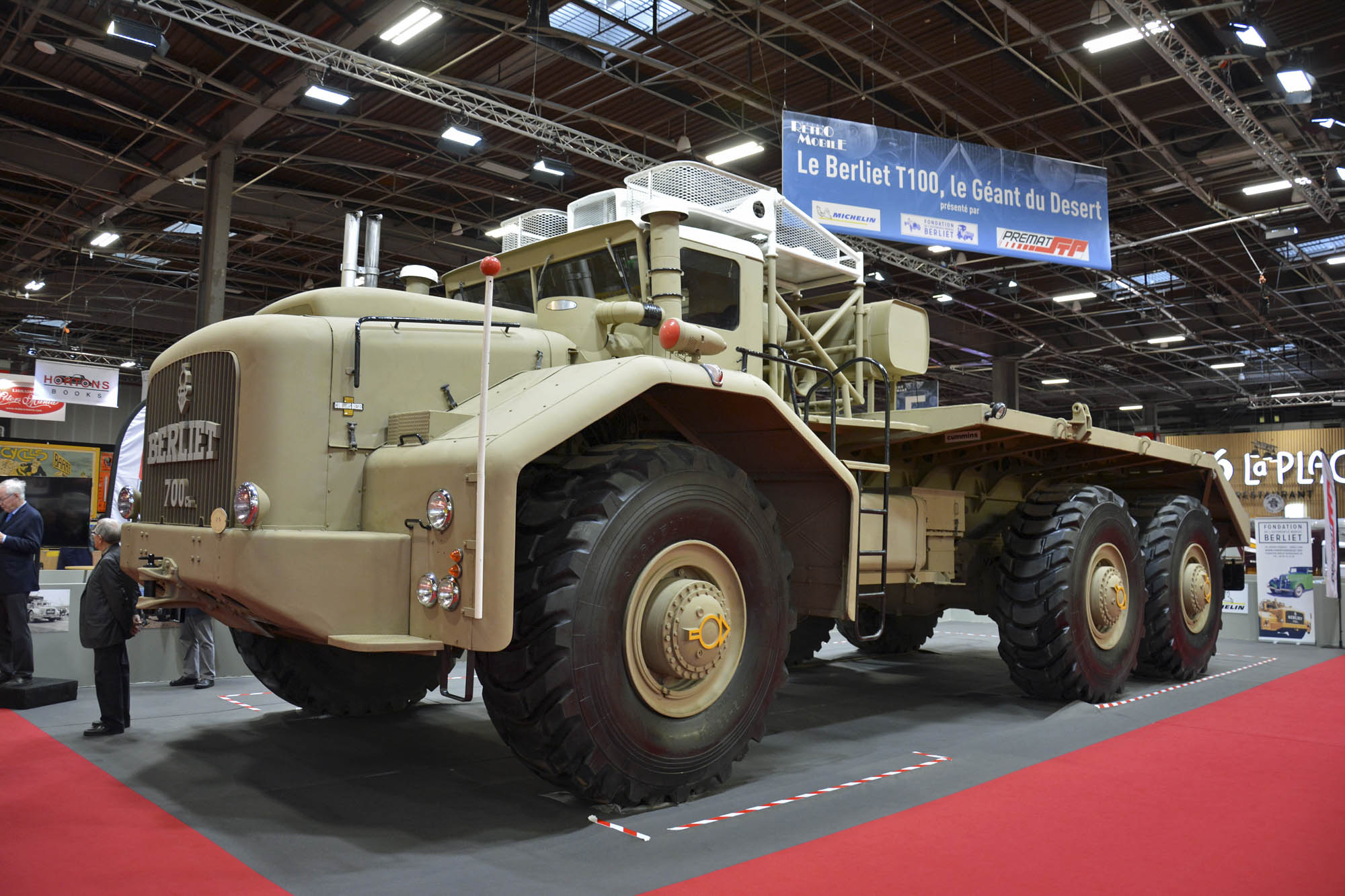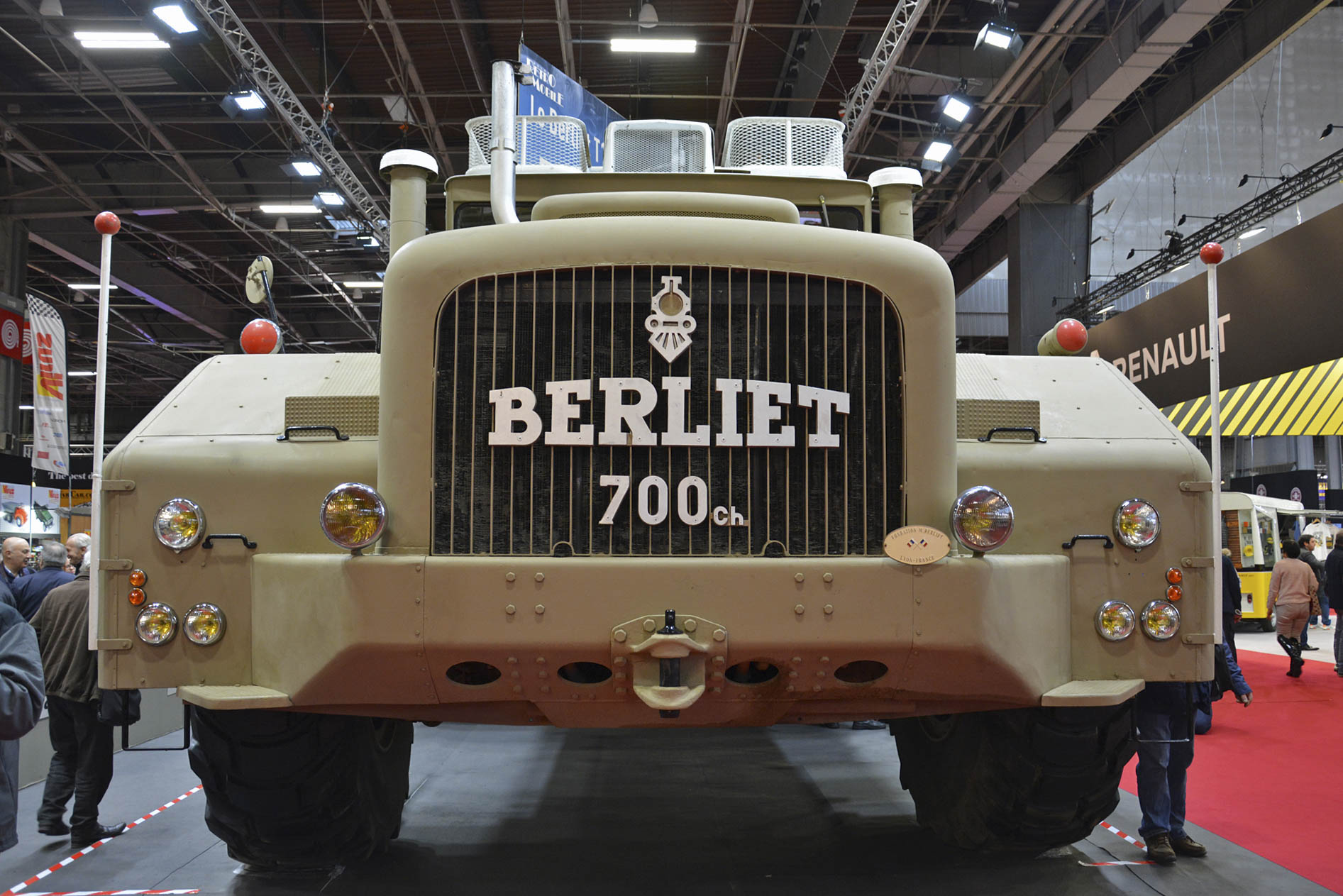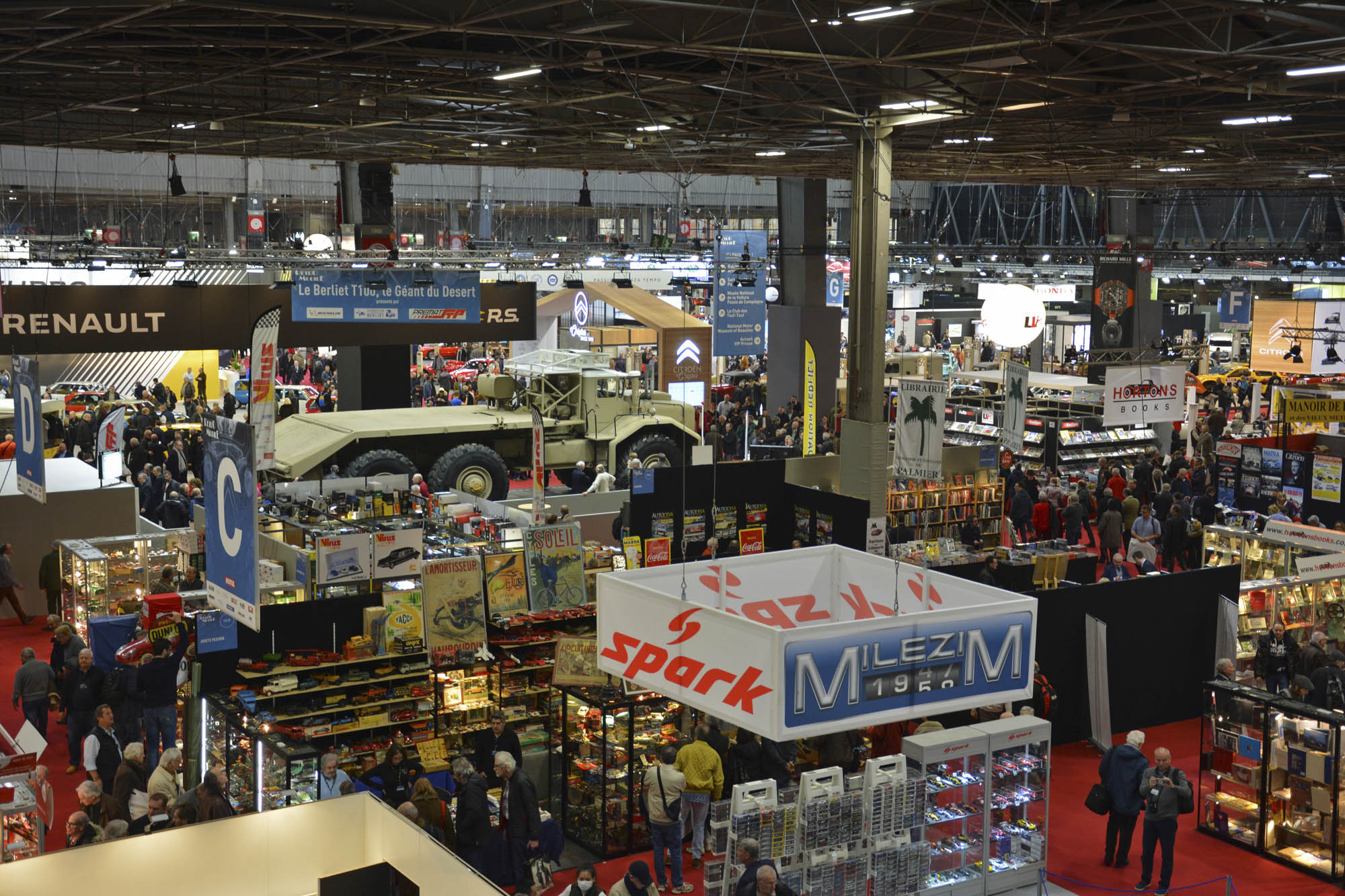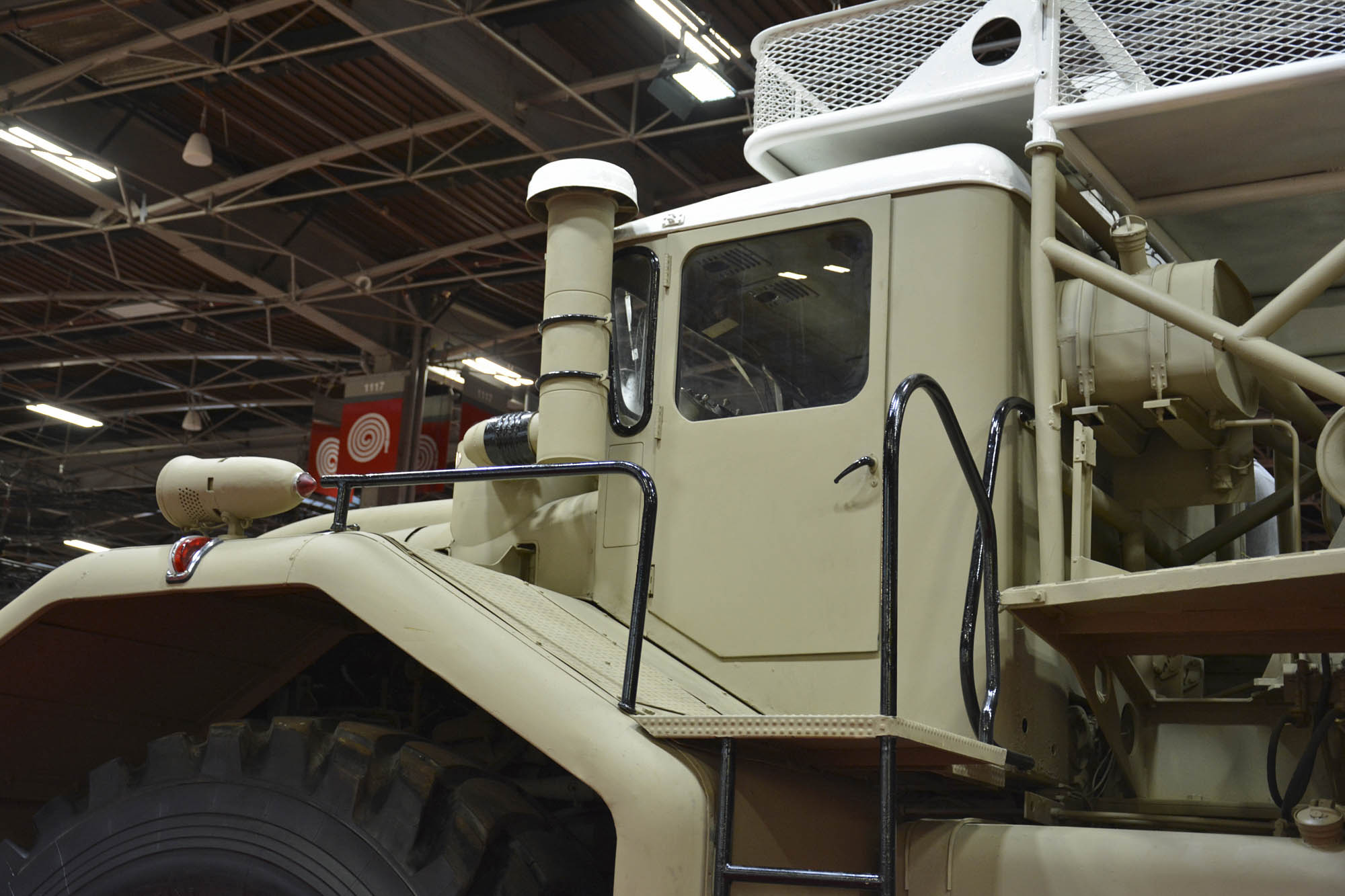Media | Articles
The rare, giant Berliet T100 truck will blow your mind
Every car-loving kid’s bedroom wall came to life at Rétromobile 2019. At one end of the convention center in Paris, a Mercedes-Benz CLK GTR vied for showgoers’ attention against a Jaguar XJ220. At the other end, immaculately-polished classic Ferraris and Aston Martins up for auction sought a new garage to call home. And yet, the star of the show was a colossal, six-wheeled truck that made everything around it look like a 1/12-scale model.
France was still one of the world’s great colonial powers when Berliet began the T100 project in 1957. The national government launched a growing drilling operation in the Algerian Sahara after geologists found oil in the mid-1950s. The entire project would become lucrative sooner or later, they rationalized. By ’57, however, it was a logistical nightmare. Some trucks could soldier through the dunes, others could haul the heavy machinery required for oil drilling, but none were adept at doing both. Workers resorted to using camels as a means of transportation.
Berliet, then one of the leading truck manufacturers on the planet, stepped up to the plate. The company sent a team of engineers to the French oil fields in the Algerian desert and asked them to come back when they knew precisely the type of truck the program needed. Either the answer was glaringly obvious, or life in the Sahara didn’t suit them, because they returned to France about a week later with the conviction that the truck had to be much bigger than any previous Berliet model.
Development work began in January 1957; Berliet reportedly started by buying the biggest tires made by Michelin and designing the rest of the truck around them. The first T100 was built in October of that same year. It took nine months to design and manufacture, which was an incredible feat.
Marketplace
Buy and sell classics with confidence

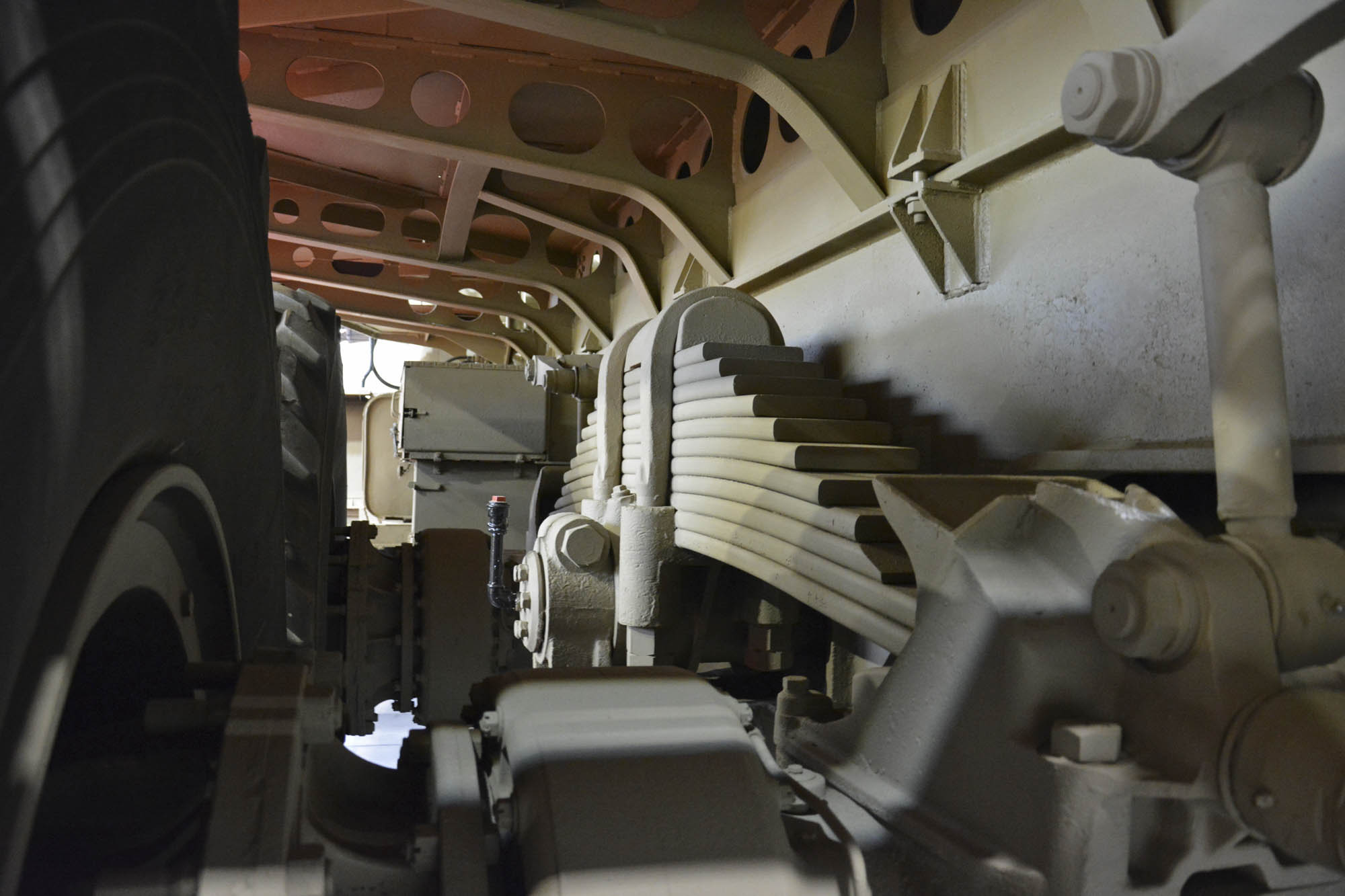

It helped that Berliet decided not to develop the T100’s engine in-house to avoid delaying the project and to keep costs in check. Instead, it purchased a 29.6-liter, twin-turbocharged Cummins turbodiesel V-12 engine rated at 600 horsepower. The Cummins sent its power to the six wheels through a Clark semi-automatic transmission with four forward gears and four reverse gears. Its top speed was about 21 mph.
The T100 was a giant. It stretched 44.2-feet long, 16.3-feet wide, and 14.4-feet tall. To add context, it was about as wide as a Mercedes-Benz W126 is long. It weighed 111 tons. Each tire tipped the scale at 2200 pounds, while the V-12 engine weighed 5500 pounds—or about as much as a 2019 Bentley Mulsanne. It slurped diesel from a pair of 250-gallon fuel tanks. And, interestingly, a Panhard Dyna-sourced flat-twin engine was installed to spin the power steering pump without firing up the Cummins. This feature often came in handy when transporting the truck.
Berliet didn’t send the T100 straight to the Sahara. Its first of many stops was the 1957 Paris auto show, where thousands of visitors looked up at it in complete awe. Berliet later put the T100 through a series of grueling tests to ensure every part of it could withstand the tough Saharan climate. Engineers raised the V-12’s output to 700 horsepower during the testing phase, and the second T100 built received the more powerful engine from the get-go.
The first two T100s traveled to Africa in the late 1950s. The third example made was a 10-wheeled dump truck ordered by the French government to use in a mine. The fourth was an experimental model with a cab-over design. Berliet sent it on a tour of the United States but didn’t receive a single order.
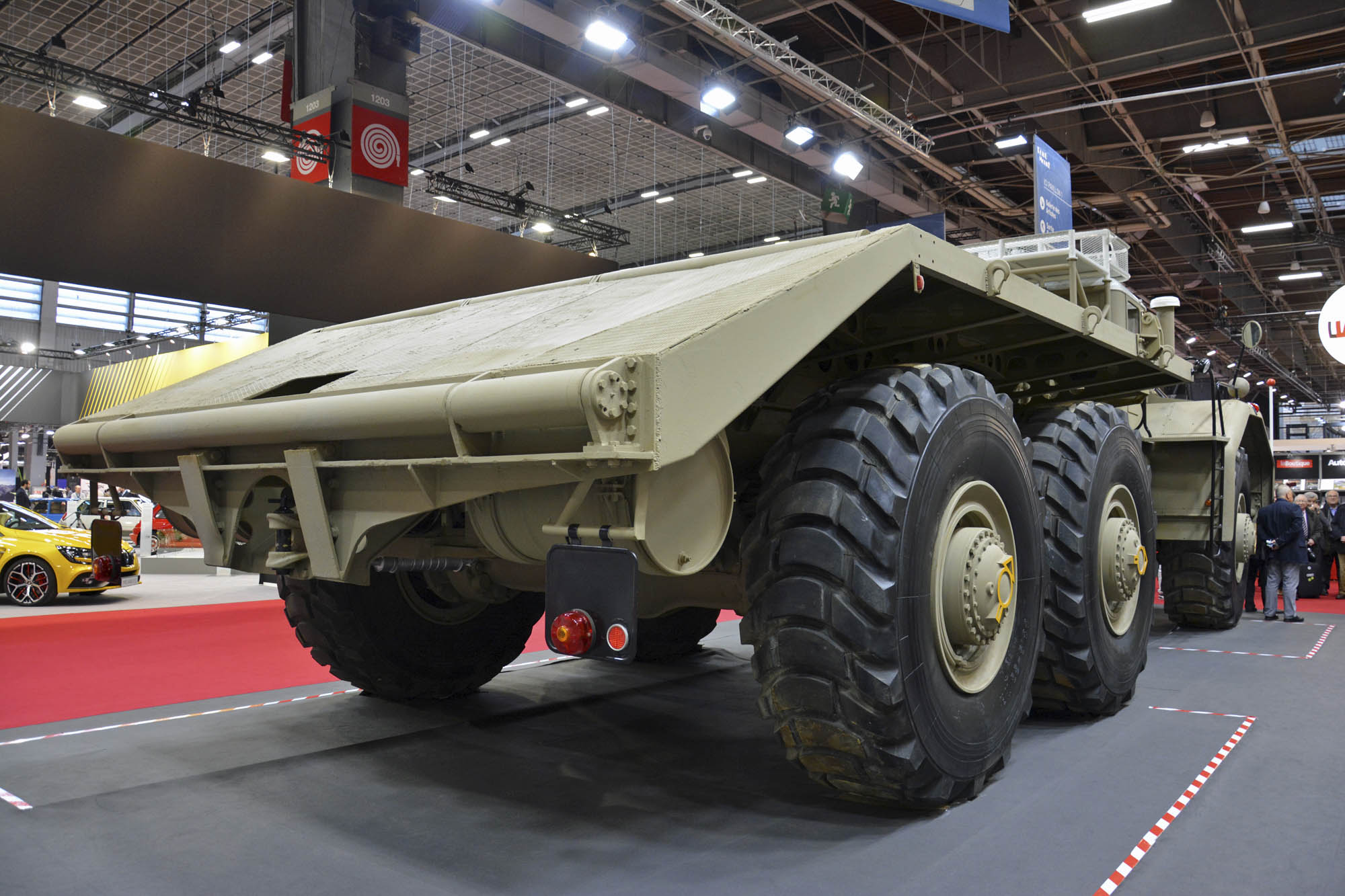

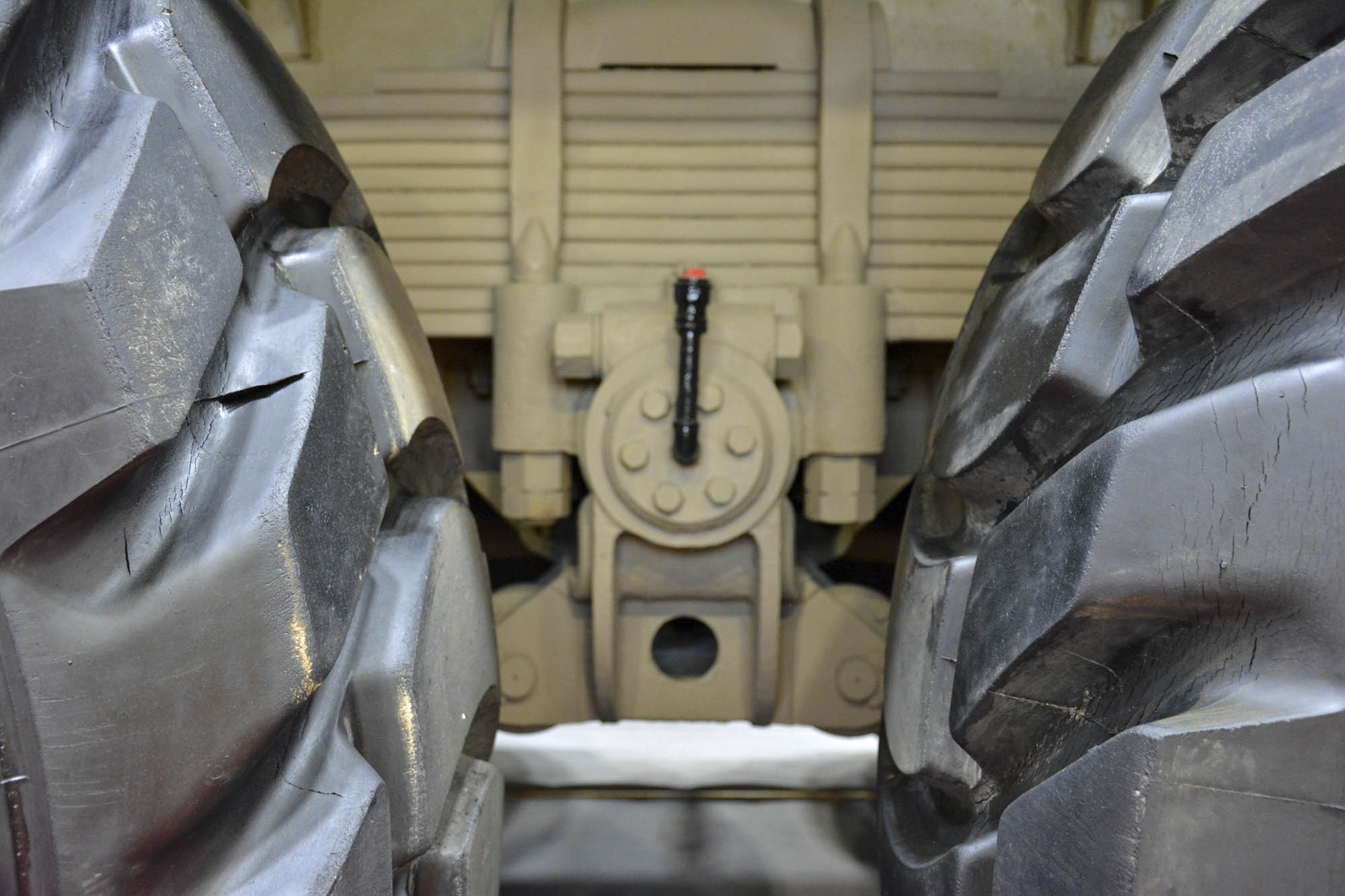
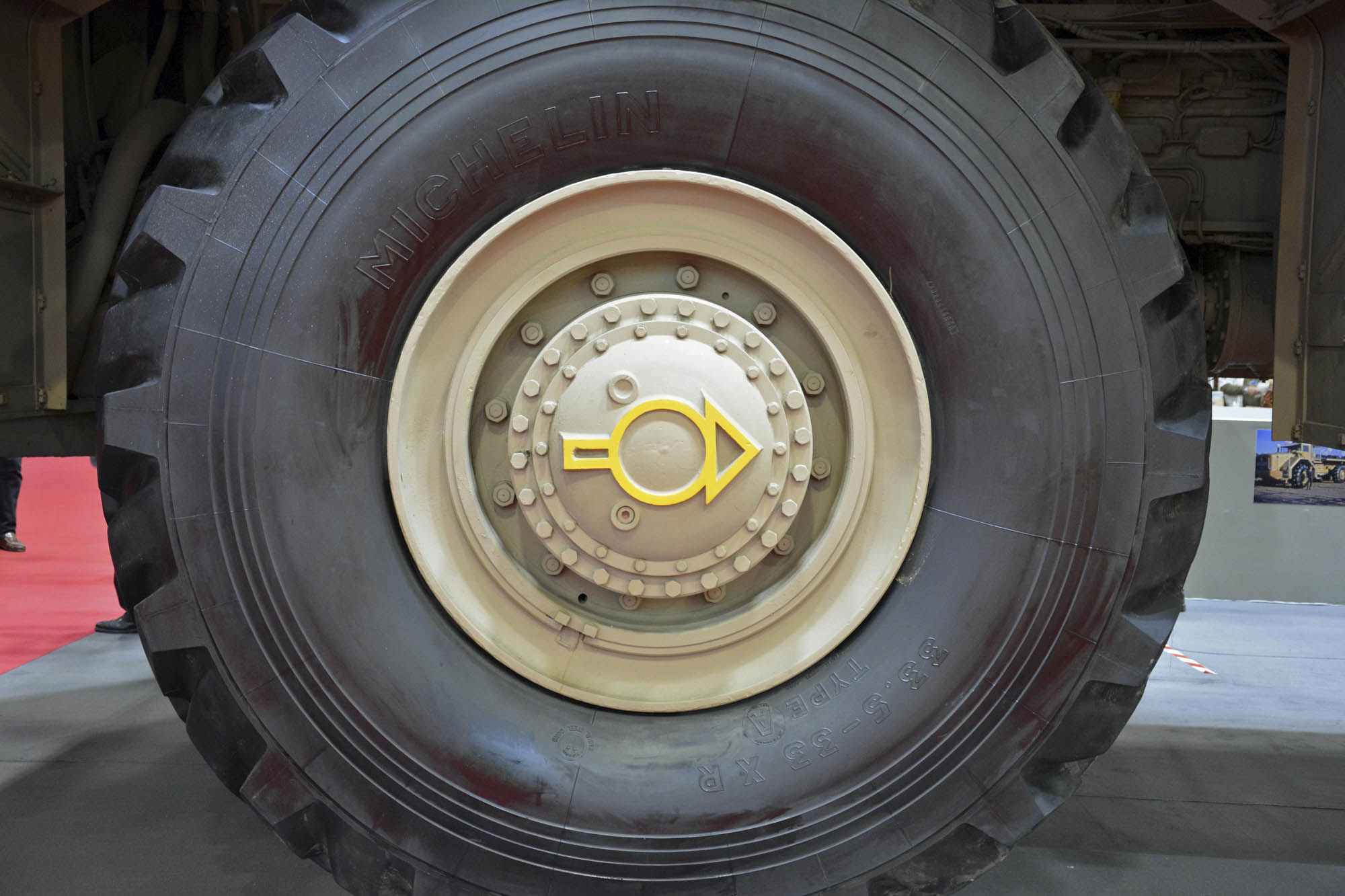
Berliet didn’t expect to stop T100 production after making just four examples. It likely didn’t expect President Charles de Gaulle would grant Algeria its independence in 1962 after a bloody conflict, either. France consequently curtailed its Saharan oil-drilling ambitions, and the market for the T100 collapsed.
The T100s stationed in the Sahara continued working during the 1960s. The first example remains there as of 2019; it hasn’t moved in decades, and it’s in need of a full restoration. What its future holds is anyone’s guess at this point. The second T100 returned to France in 1981, and it was treated to a full restoration by the Fondation Berliet, the company in charge of preserving the brand’s heritage. The truck remains part of the Berliet collection today, and its V-12 engine still fires up with a mighty bellow, but it’s rarely seen in public because moving it is impractical due to its mammoth dimensions. That’s part of why the T100 drew such an immense crowd at Retromobile 2019.
The third T100 left the mine in 1964. It briefly traveled to the Drôme department of France to help construction crews building a highway. It was sent back to Berliet at the end of the project, and it was scrapped in 1978. T100 #4 suffered a similar fate. It became a test mule; Berliet notably replaced the V-12 with a 1000-hp, helicopter-sourced turbine as it sought alternatives to the traditional internal combustion engine. Berliet stopped using the truck in 1964 and later scrapped it.
Viewed in that light, the T100 doesn’t just make supercars like the Jaguar XJ220 and Mercedes-Benz CLK GTR look like diecast models. It also effortlessly crushes their claims of exclusivity and rarity.
